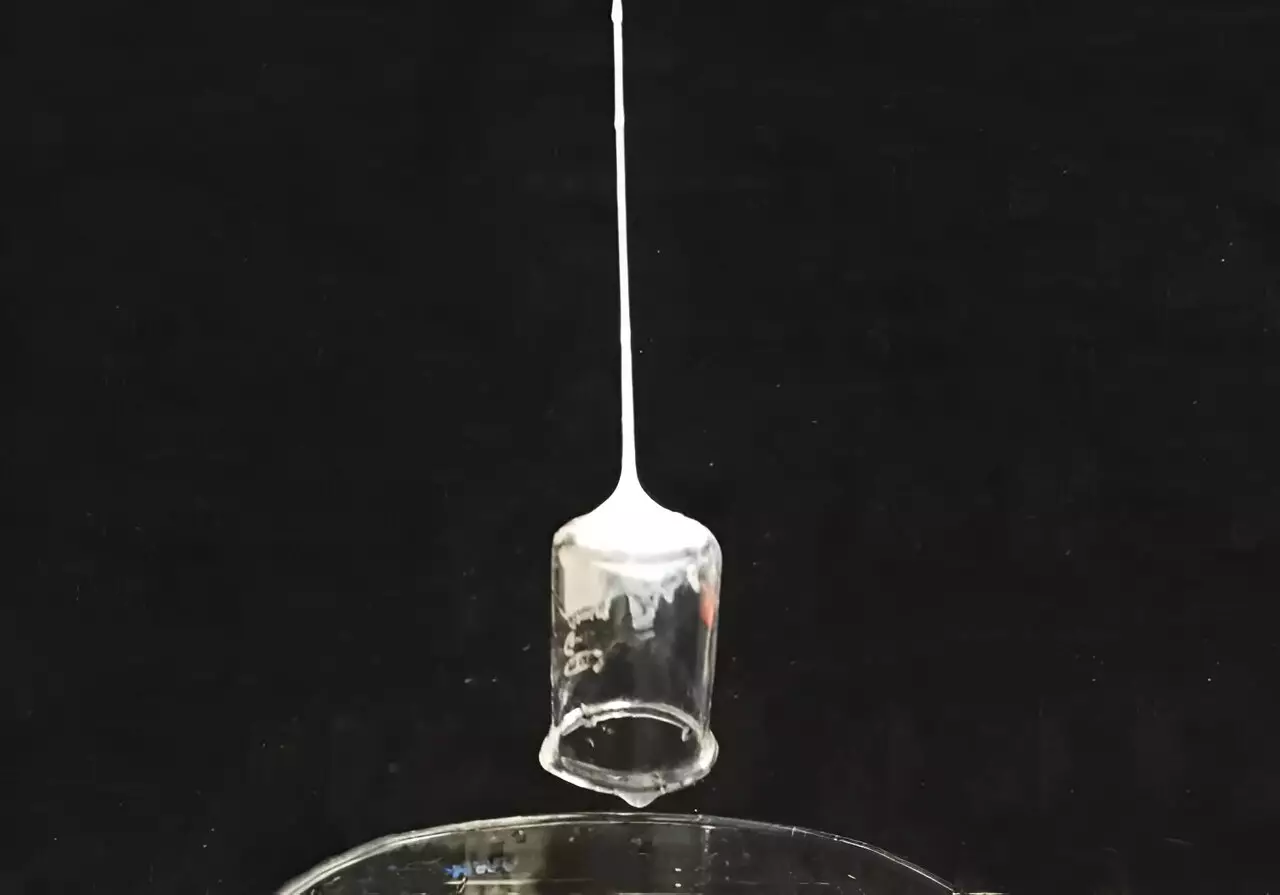From childhood fantasies of being a superhero wielding extraordinary powers to the realms of cutting-edge scientific innovation, the fascination with what could be has always driven human creativity. For many, dreaming of swinging between skyscrapers like Spider-Man ignites not just excitement, but also a longing for tangible technology that comes close to mimicking these fantasies. Researchers from Tufts University have recently ushered in a new era of possibility by pioneering a web-slinging technology that realizes some of these dreams. By harnessing the natural properties of silk fibroin derived from silk moths, these scientists have built a remarkable mechanism that shoots a liquid material from a needle, transforms it into a solid fiber that can lift objects, and provides a unique glimpse into the future of engineering.
At the heart of this innovation lies silk fibroin, which is extracted from silk moth cocoons. The process involves boiling the cocoons in a solution that breaks down the silk into its fundamental proteins. This silk fibroin solution can then be extruded through narrow needles, creating a continuous stream that can swiftly solidify when exposed to air. The power of nature serves as the ultimate blueprint for this technological advancement. Various animals, including spiders and insects, possess the ability to generate silk and use it for purposes such as building webs and tethers. Drawing inspiration from these intricate biological processes has allowed the Silklab at Tufts University to explore a plethora of applications including underwater adhesives, sensors, and biodegradable coatings.
However, replicating the remarkable sophistication of natural spider silk proved to be a significant hurdle. Unlike the controlled spinning of a spider that can fine-tune the properties of their silk strands, mimicking this aspect in a laboratory setting posed various challenges. A serendipitous discovery, however, opened the door to realizing these ambitions. As Marco Lo Presti, a research assistant professor at Tufts, recounts, the motivation arose during a seemingly routine process with acetone, leading to the unexpected formation of a web-like substance at the bottom of glassware. This unplanned observation cleverly solved some of the engineering obstacles presented by the complexity of spider silk.
The phenomenon of silk fibroin morphing into a solid state through exposure to organic solvents was significantly accelerated when dopamine was incorporated into the mix. This addition allowed for a swift solidification process, transforming the viscous silk solution into a strong and adhesive fiber capable of lifting substantial weights. The utilization of dopamine in this context cleverly mimics the natural adhesive properties of barnacles, further emphasizing the deep-rooted connection between natural systems and human innovation.
To push the boundaries even further, the researchers integrated chitosan, a polymer sourced from insect exoskeletons, resulting in fibers that exhibited an incredible increase in tensile strength. This combination of materials offers impressive potential. Aspects such as fiber diameter can be manipulated to align with specific requirements, ranging from fine strands comparable to a human hair to thicker strands nearly half a millimeter in width. The ability of this technology to bear loads of objects over 80 times its weight opens up unprecedented avenues across various fields.
The remarkable capabilities of this web-slinging technology extend far beyond merely mimicking the abilities of fictional heroes. The potential applications range from medical devices capable of underwater adhesion to advanced robotics and even sustainable materials for construction. This innovative methodology brings science fiction closer to science fact, illustrating the profound interplay between imagination, nature, and engineering.
Lo Presti underscores this aspect by noting the difference between traditional silk production methods and their latest advancement. Unlike natural silk production, which occurs through direct contact between spiders and surfaces, this invention demonstrates a method where a fiber can be projected from a device, allowing objects to be picked up seamlessly from a distance. The interplay between creativity and technical skill opens up new frontiers that can redefine how we approach challenges in the modern world.
Despite the impressive stride made in silk-based material engineering, it is important to note that these synthetic versions still do not reach the extraordinary strength of natural spider silk, which remains 1,000 times more robust. Yet, with continuous research and innovative engineering, the trajectory towards improvement is bright. Fiorenzo Omenetto, the director of the Silklab, poignantly captures the essence of this work: “As scientists and engineers, we navigate the boundary between imagination and practice. That’s where all the magic happens.”
The exploratory path taken by the researchers at Tufts University harmoniously marries the natural world with high-tech advancements, ensuring that the dream of spinning silk-like threads is no longer the exclusive realm of comic book superheroes but a burgeoning reality, promising a future filled with potential and innovation.


Leave a Reply